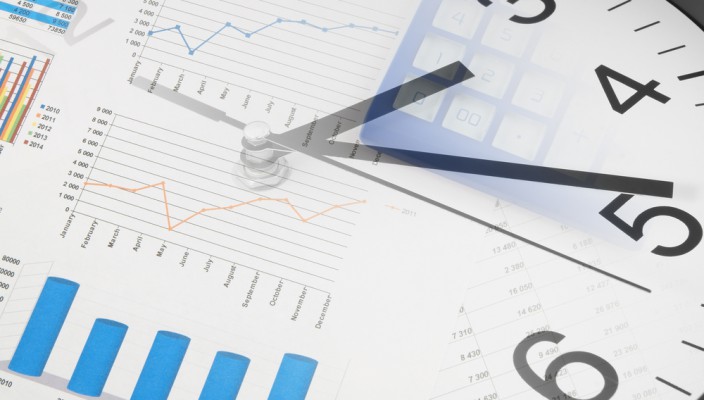Why Many Forex Traders prefer to trade off the four hour time frame
The natural tendency to experiment, is a crucial part of the overall education process, which novice forex traders need to embrace. Without that inquisitive curiosity, it’s impossible to either develop competency as a trader, or to determine what ‘style’ of trading you prefer.
Our experimentation will involve investigating the validity and efficacy of many of the most commonly used indicators, either singularly, or collectively. For example, indicators such as the: MACD, RSI, stochastics, DMI, PASR, etc. might be used individually, or in a combination, by novice traders trying to develop a trading strategy (method).
This healthy development is often frowned upon by experienced and by definition successful traders, who will testify that the indicators “are all lagging”, that only the price of an individual security and its price action can act as a leading indicator. Therefore, price action traders and analysts will state price action translates market behavior into viable data, which you can base your trading decisions on.
However, even the most basic indicator trading strategies and methods have proven their worth over many years of trading and many successful traders will confess to only using two moving averages off, for example, a daily chart, in order to make the majority of their trading decisions. Further, even simple line charts can replace candlestick patterns, if you want to simplify your method to its ultimate form.
Without a doubt, tight money management and therefore your control and limit of risk, will underpin any method you experiment with, moreover, without it your strategy will fail, medium to long term. We leave out the words “short term”, as the trading world is littered with strategies high on risk, which suffer significant drawdowns, which can make significant stellar returns over the short term.
However, finding (by luck rather than design) a sweet, Goldilocks time period in the market, should never be confused with the: skill, patience, self control and ‘smarts’ required to become a medium to long term profitable trader.
As you’re experimenting with indicators and deciding on what trading style will suit your lifestyle and the overall level of commitment you can dedicate towards trading, you’ll experience with time frames; generally every time frame from tick charts to monthly charts. You’ll observe how price reacts on different charts, you may observe patterns such as a potential reversion of sentiment and price on a fifteen minute chart, the beginning of a trend developing on a one hour chart, followed by the momentum continuing through a four hour chart and finally the daily time frame revealing a definitive new trend, or indeed the continuation of the existing trend.
Within that description is mention of the four hour chart and in forex trading this chart has particular relevance, and for many analysts and traders there’s an obvious reason why; although British Summer Time can sometimes cause a temporary lack of coordination, it chimes extremely well with the opening of the FX market in London which is where over 40% of forex trading takes place, according to the BIS 2016 data. Therefore the 4hr time frame acts (in theory) as a scaled/drilled down and magnified version of the daily chart.
The 4hr also allows you (as a retail trader) to be a “four hour trader”; a trader who can in effect look at the markets every four hours and make your decisions accordingly, with the obvious caveat that you have circuit breakers in place, to contend with possible outliers that may hit the markets. For example; if you’re a UK or European trader you can easily monitor 8am, 12pm, 4pm, 8pm and midnight each day. Bearing in mind that (conveniently) market action and activity reduces significantly during your traditional sleeping hours, if you’re based in Europe. Monitoring at these times will ensure that you also get to see the price action beginning to develop on the 4hr time frame during peak hours, especially if you combine your decisions making whilst carefully monitoring the economic news calendar.
For example; many reports for the UK’s and Eurozone’s economies are released at 8am – 9am, at a time when the UK and European markets are opening. Then we’ll discover that many other USA reports are often published at 12pm UK time or shortly after, the NFP data being a prominent example. Moreover, 12pm (noon) is often the time when the forex markets historically tend to experience a reduced volume of selling, prior to New York opening, although this has less of an impact since circa 70% + of trading FX is now automated.
Thereafter the forex markets often appear to be in suspense mode until New York ‘opens’. At 4pm we begin to approach the time when the UK’s and European equity markets close for the day, whilst calendar economic news had mostly been published. The volume of forex trading falls dramatically, between 4pm and 8pm GMT (London time) despite New York not closing until on, or after 8pm.
The four hour candles, analysed in conjunction with lower and higher time frames, can provide the perfect base, from which day traders and swing traders can employ their craft. Whilst it’s also perfectly suited to fitting in with many novice traders work and lifestyle balance, especially if you’re combining part time ‘hobby’ trading with working full time. As an experiment, to determine if it suits both you and your trading ideas and overall plan, the 4hr is worthy of serious consideration.
« Thinking like a strategist, your Forex Trading plan MORNING ROLL CALL »


